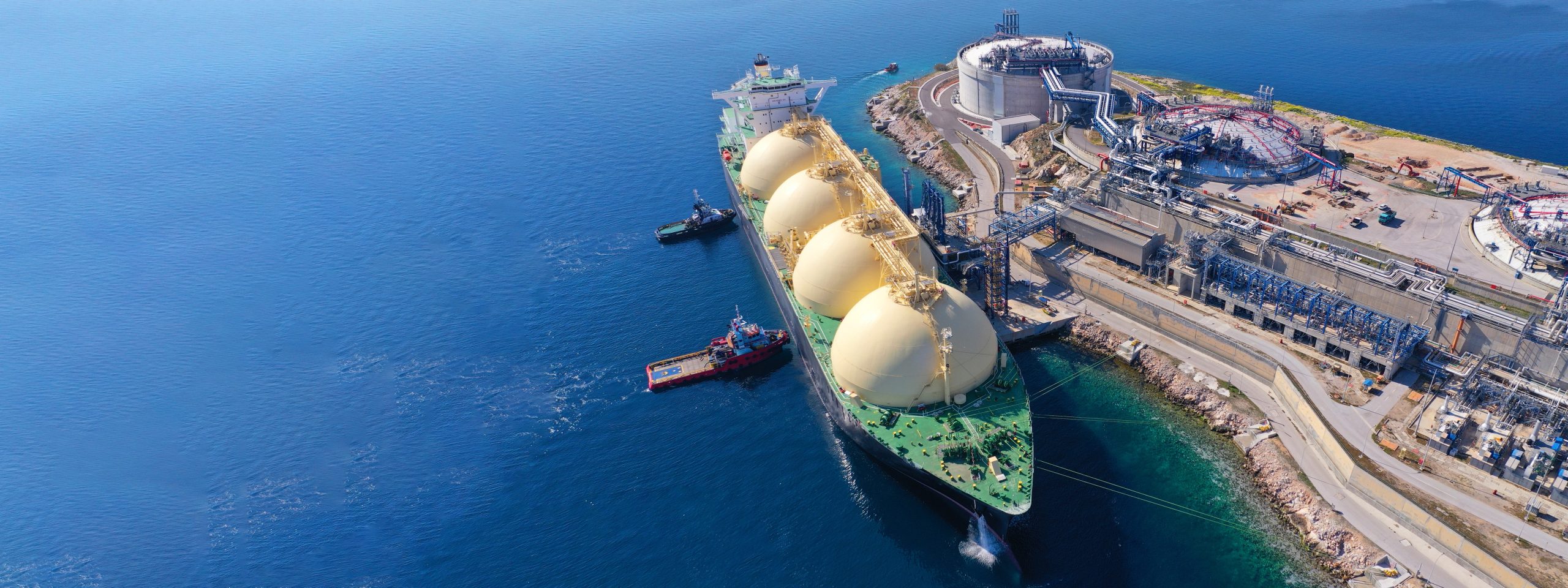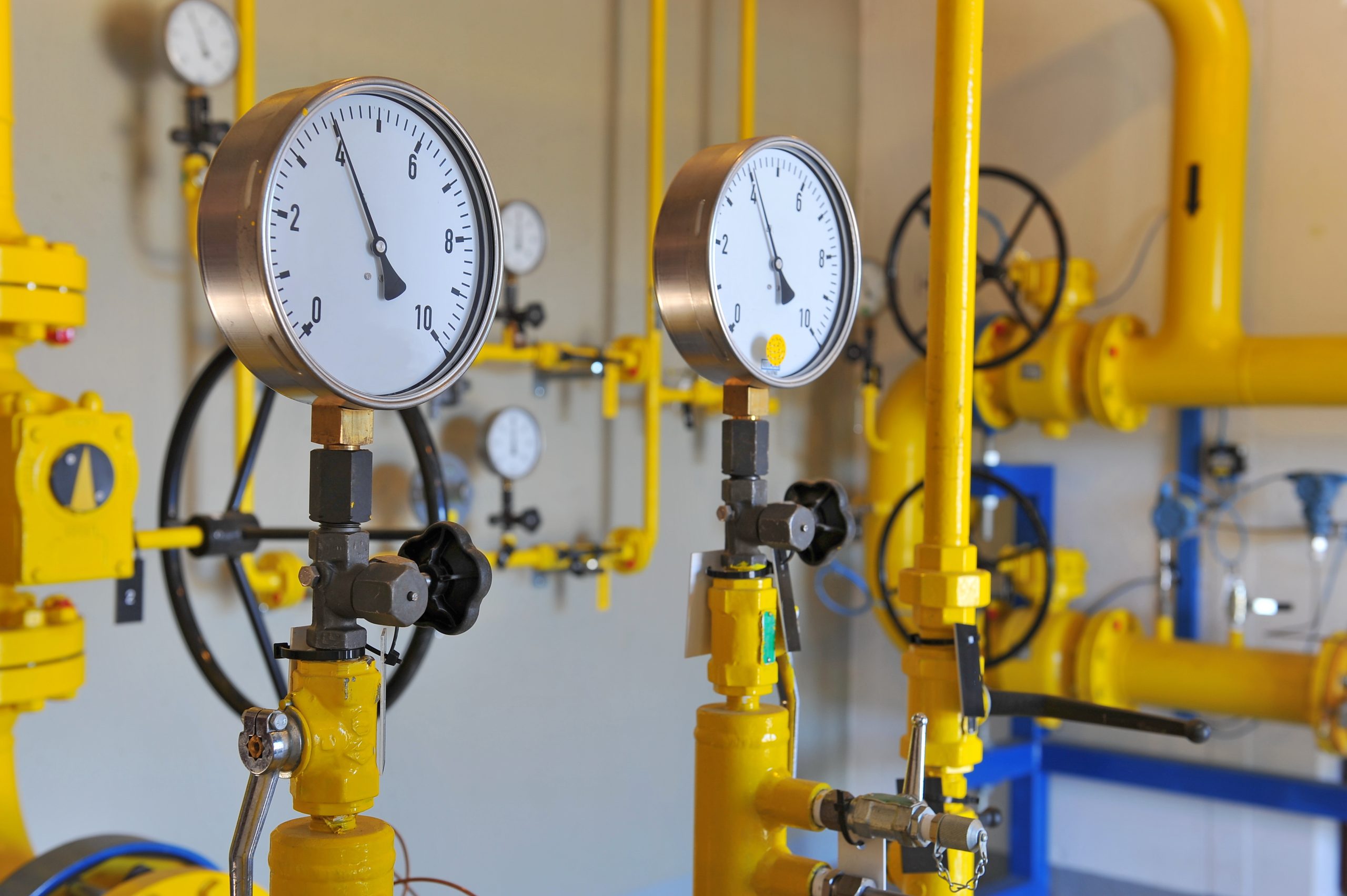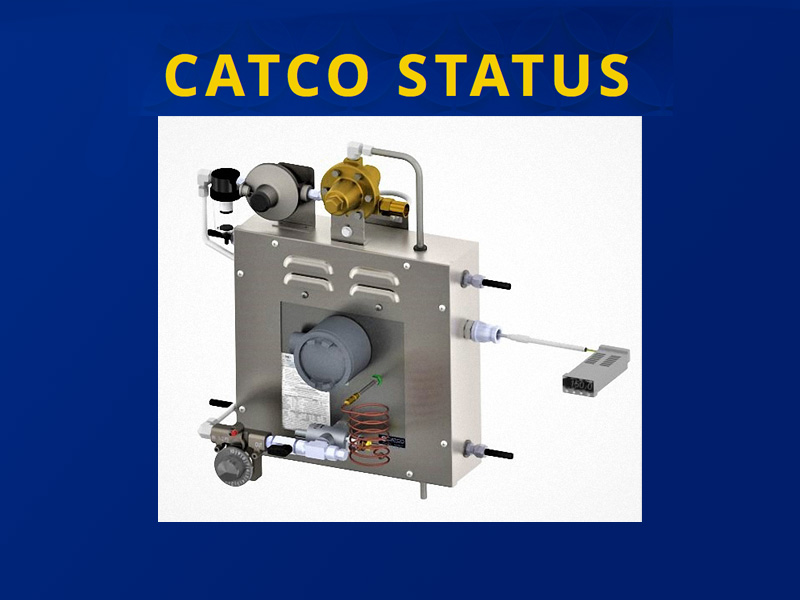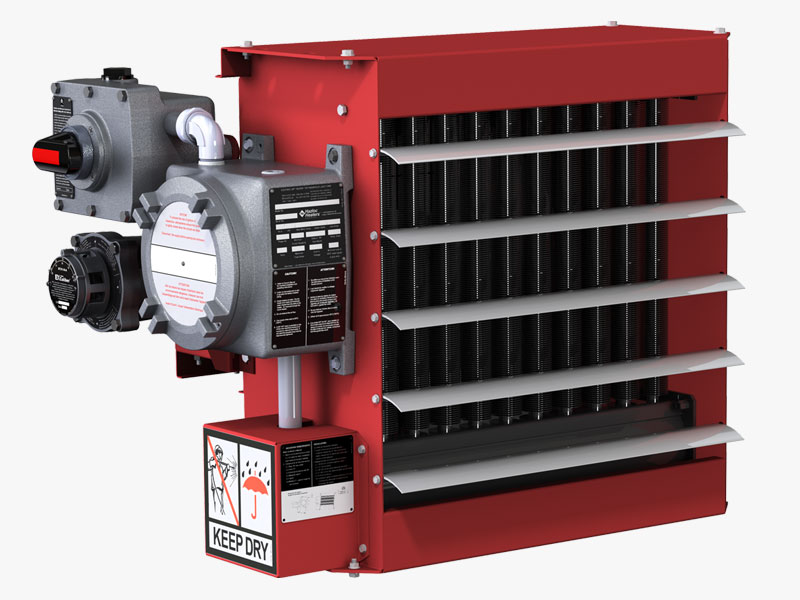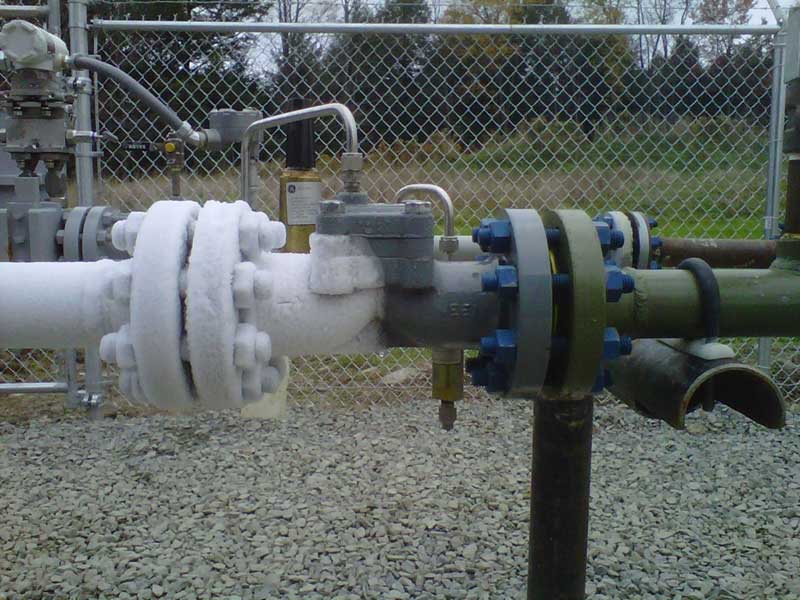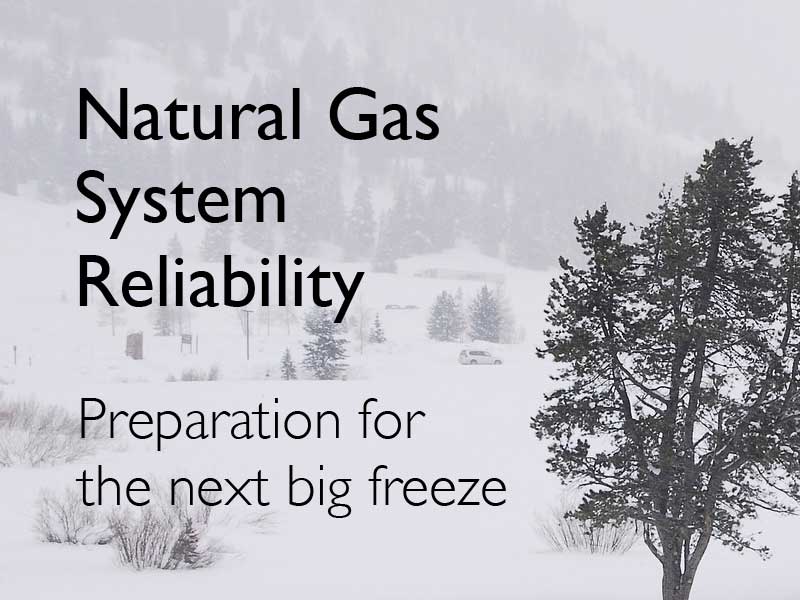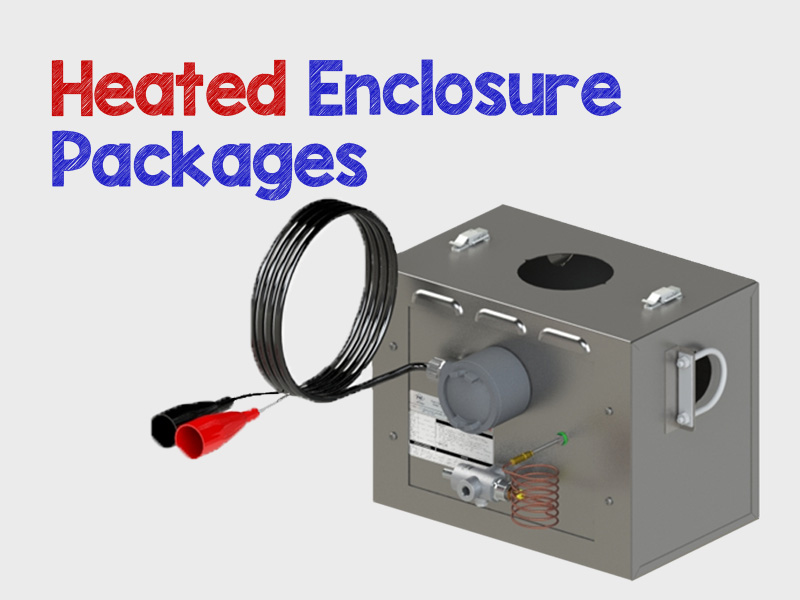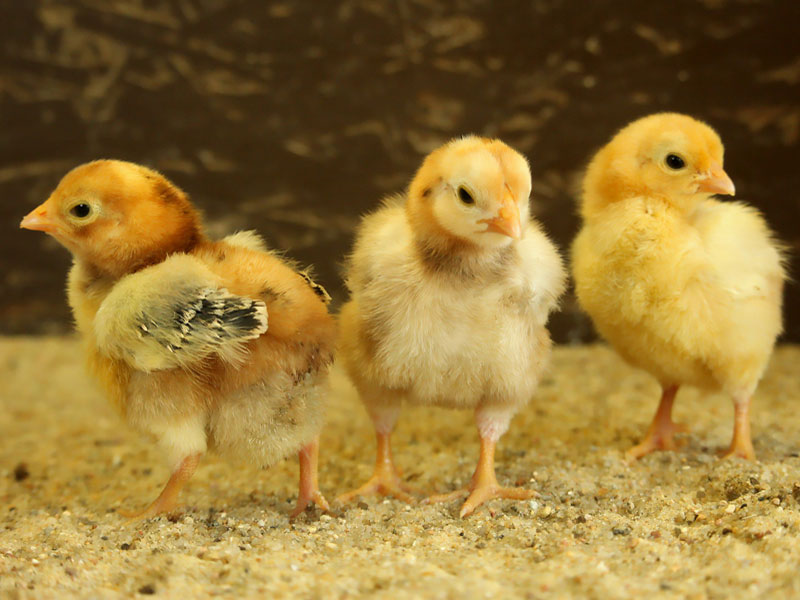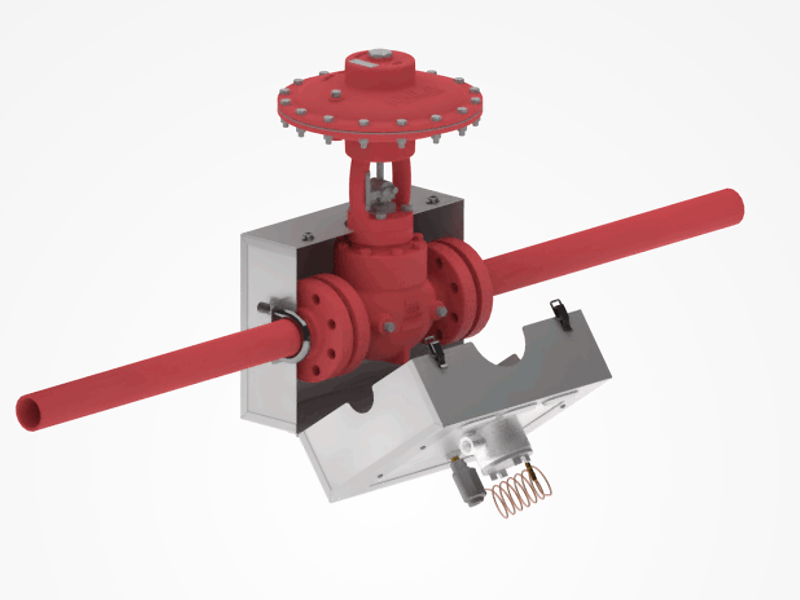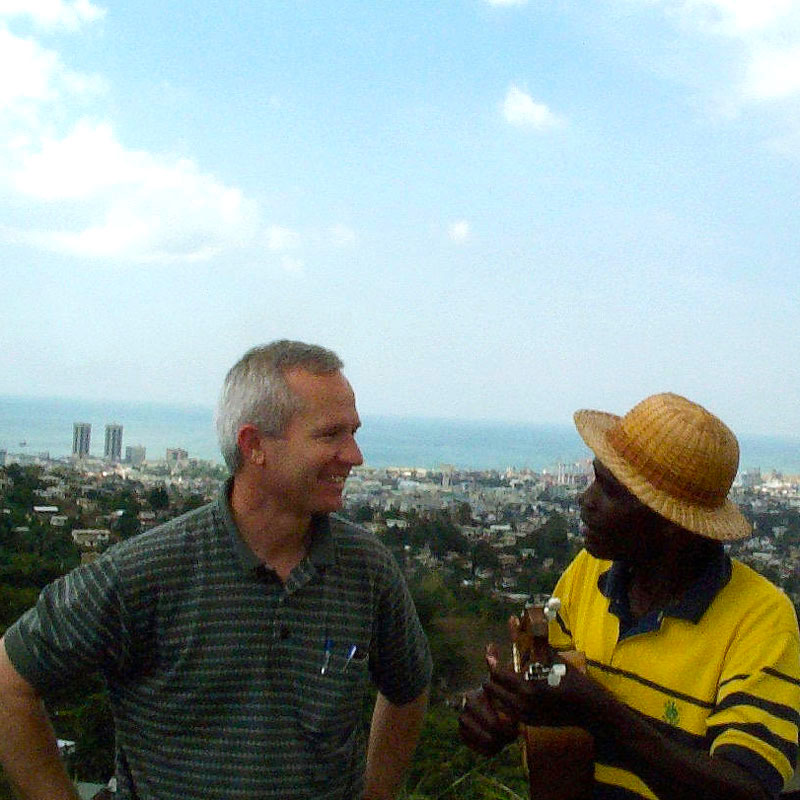2023 Trends in the Oil and Gas Industry The United States is positioning itself to become the world’s largest exporter of liquified natural gas (LNG) once again in 2023. The U.S. has been the world’s largest producer of petroleum since 2018 and the largest producer of natural gas since 2011. During the first two quarters of 2022, the U.S. also became the largest LNG exporter for the first time. Qatar...
read moreHow Natural Gas Will Support the Clean Energy Transition
2023 Trends in the Oil and Gas Industry The United States oil and gas industry has gained momentum heading into 2023 due in no small part to the renewed interest in natural gas as the country transitions to clean energy. Natural gas has earned a somewhat-unjustified reputation as nothing more than an affordable byproduct of oil drilling. But after Russia’s invasion of Ukraine led to a historic energy crisis in...
read moreCatco Status: Remote Monitoring For Your Catalytic Heaters
Catco Control, released in 2021, was developed as a total automation solution. But what if you don’t have the need or want the complexity of full automation? If you’d like the peace of mind of knowing whether your heaters are working without physically checking on them, Catco Status is here. Introducing Catco Status Catco Status is a small device that will make a big impact on your cold-weather readiness. The...
read moreCatco CXE: an Explosion-Proof Electric Heater to Exceed Your Expectations
This month, we welcome the Catco CXE explosion-proof electric heater to our family of offerings. Catco’s niche will always be our famous explosion-proof gas catalytic heaters, but we realized there was a need to expand our options to include electric heating. Our team is therefore excited to announce the launch of Catco CXE heaters! We’ve included this product in our portfolio to provide our customers with a high-quality electric alternative...
read moreThe Joule-Thomson Effect: What is it?
The oil and gas industry moves huge amounts of fuel around the U.S. in more than 2.6 million miles 0f pipelines. Disrupting these movements with frozen valves results in costly scenarios for operators. How do these frozen valves occur? There are various situations where a control valve can freeze over, but one of the most common ones is due to the Joule-Thomson effect. So what is the Joule-Thomson effect and how...
read moreNatural Gas System Reliability: Preparation for the Next Big Freeze
Is natural gas system reliability a given this winter? Most of us will not have forgotten Storm “Uri” that caused widespread outages in February 2021 – especially if we were among the many millions without power. Crucial natural gas production was widely held up due to lack of electricity. And electricity failed without its primary fuel source, natural gas. Could this happen again? Here, we’ll look at what happened, what...
read moreWhat are Heated Enclosure Packages?
Heated enclosure packages are the most efficient form of freeze-prevention in the market. This is because they are built to directly heat a valve or regulator in order to prevent freezing. Catco has developed a wide range of heated enclosure packages that are used throughout the oil and gas industry. The reason for developing this range of heated enclosures is that, in oil and gas applications, any valve or regulator...
read moreCatalytic Heaters in Agriculture: What’s the Benefit?
Catalytic heaters provide several benefits to the agriculture industry – all related to a specific need for safety and economy when viewed in the context of animal comfort, poor insulation of farm buildings, and the presence of dirt, dust and flammable materials. Open flame heaters would provide a fire hazard in these circumstances. In contrast, a catalytic heater is not only flameless but directs the heat to the specific area...
read moreHow Do Catalytic Heaters Work?
What is a Catalytic Heater? Catalytic heaters are flameless heat sources resulting from the catalyzed chemical reactions that occur while breaking down molecules to produce heat, making them ideal for use in many hazardous environments. Hazardous environments of all kinds cannot risk flames. However, when the catalyst, oxygen, and fuel – such as natural gas or propane – combine, they ignite at low-enough temperatures (below 900°F) that they produce a...
read moreCatco History: From Seed to Success
Catco has demonstrated throughout its history a philosophy of valuing straightforwardness and simplicity in a business. The business was once merely the seed of an idea: the pressing need for durable catalytic heaters that would be delivered as promptly as customers expected. Founder Bill Richards saw the gap in the market when colleagues complained to him about problems with their catalytic heaters. This inspired him to create Catco in 1982....
read more

